Already a long while before the recent international media interest, the 6,537 inhabitants of Italy’s southernmost island had shown their generosity towards migrants. The first arrival of refugees, 71 Maghrebis, dates back to 1992. Since then, more than 400,000 people have been accommodated in Lampedusa, but some 15,000 have come short of their lives being saved. In 2008, the Italian artist Mimmo Paladino dedicated the “Door of Europe” monument to those who have not survived their escape to Europe.
All over the surface of the five-metre-tall gate, which is on a cliff in the south east of the island, one can recognise objects that refugees have left behind. This is a recurring image, as one can also find personal objects at the permanent “PortoM” exhibition of the local cultural collective Askavusa. For the exhibition, voluntary members of the collective have put items from clothes to pots, drinking cups, religious scripts and jewellery on display in a grotto in the main town of Lampedusa.
As contradictory, or even grotesque, as it may sound, Lampedusa is not only a destination for refugees, but also for holidaymakers. The largest of the Italian Pelagie Islands in the Mediterranean is home to brilliant white sand beaches and crystal clear water that by no means pale in comparison with a Caribbean paradise.
An example of this is Isola dei Conigli (in English, “Island of Hares”) which was voted as having the most beautiful beach in the world by users of the TripAdvisor website. Despite its name, there are no hares on the island. As one can read in English nautical carts from the 19th century, the island was originally called “Rabit Island”. The Italian translation developed from the English name, although these days it is considered more likely that the name “Rabit” actually comes from Arabic, meaning “connection”.
One ‘connection’ between the islands is caused by the conditions, as a sandy land bridge between the Isola dei Conigli and Lampedusa forms from time to time. This phenomenon last occurred in 2008; however, one can always walk from Lampedusa to Isola dei Conigli because the 30-metre stretch only has a water depth of 30 to a maximum of 150 centimetres. Between May and August the hawksbill turtles that are threatened by extinction lay their eggs at the Isola dei Conigli and bury them in warm sand. For this reason, the small island was designated as a conservation area in 2002, and has since been a part of the natural reserve that has covered all of the island of Lampedusa since 1995.
Domenico Modugno had called Isola dei Conigli ‘the swimming bath of God’. Lampedusa was close to the heart of the Italian singer whose song “Nel blu dipinto di blu” (Volare) is still an international hit. And certainly he could have wished for nothing else for his death than what happened in 1994: to pass away at sunset in his beloved villa by the sky-blue water of Isola dei Conigli.
Lampedusa has a mild climate throughout the year. In January and February the temperatures are on average 13 degrees at the coldest, while in July and August they can reach 40 degrees, though there also is a pleasant breeze. One can swim from May to October. September is in all ways the best month: the weather is still warm and sunny, there are few tourists, the sea is calm and everything is a lot cheaper.
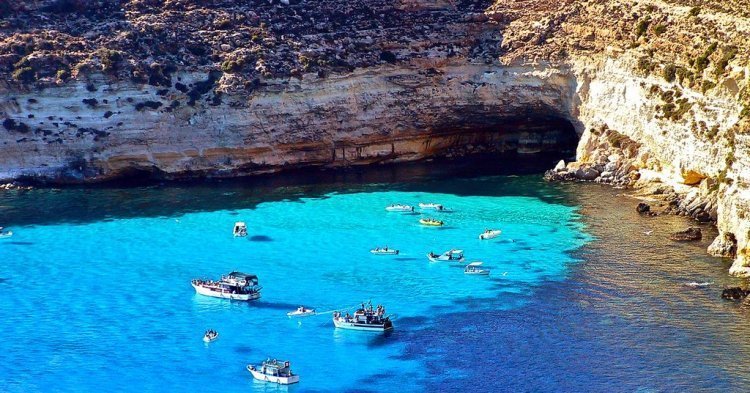
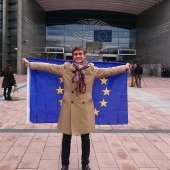

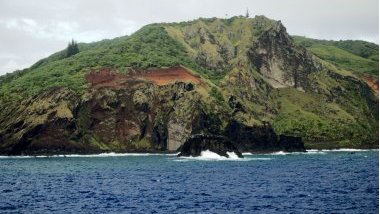
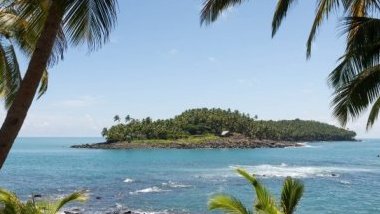
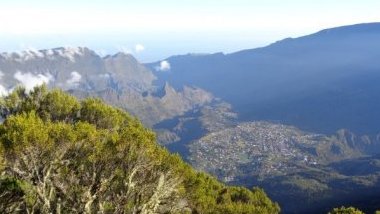
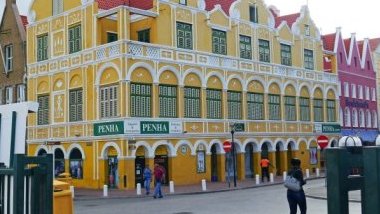
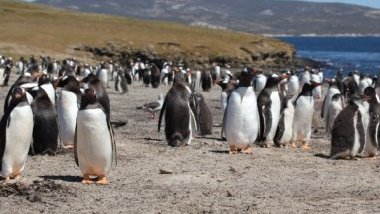
Follow the comments: |
|
